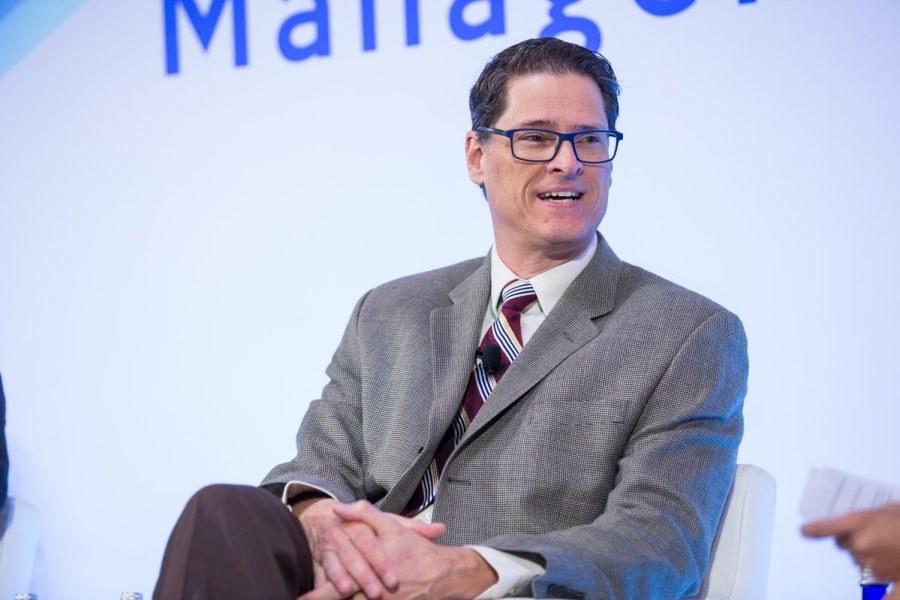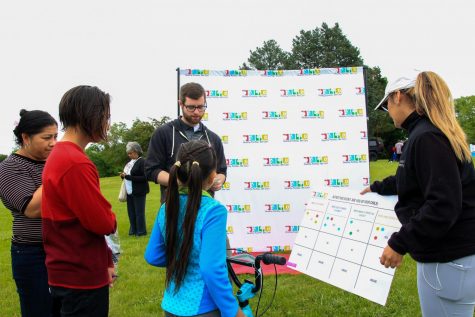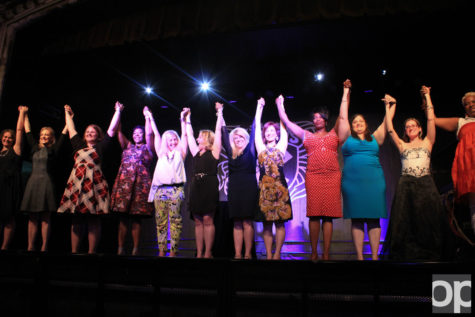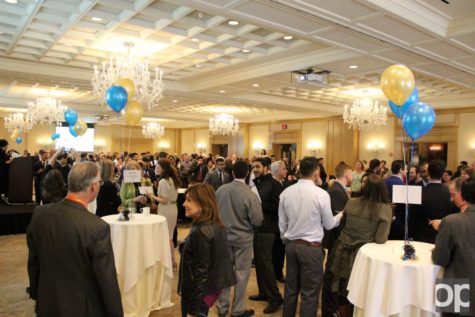Oakland University doctor’s pandemic prognosis
Navigating grade school homework, walking the family dog and creating beats for his “bad band” are all being sprinkled into Dr. Roy Soto’s schedule lately. Recently, his time has been continually shadowed by the COVID-19 pandemic, but he’s beginning to “see the light at the end of the tunnel.”
Soto is a professor at Oakland University and anesthesiologist at Beaumont Hospital in Royal Oak and his position was one of many to adjust for COVID-19. All elective surgeries were postponed for nearly a month, and surgeries subsided to roughly 20% of the hospital’s usual frequency, according to Soto.
Anesthesiology revolves around many factors related to COVID-19. Specialization around breathing and blood work encouraged Soto and many other anesthesiologists to shift to caring for patients with COVID-19, especially when ventilators were in need.
“When you’re assigned to be the airway person the next day, you don’t necessarily sleep as well the night before because you know you’re going into the thick of it,” Soto said.
Despite the resemblance, there was still one component of anesthesiology that did not follow Soto during his transition. A spiral of concerns can begin to weigh on a patient’s mind as they approach surgery — answering each of those worrisome thoughts is at the base of anesthesiology, according to Soto.
“Part of our job is to form a good patient-physician relationship, during a short period of time to ease anxiety and explain things,” he said.
The nurturing aspect of anesthesiology became limited with the rise of COVID-19. Soto explained that the surge of incoming patients forced the hospital to operate more “business-like.”
“Everyone is intense and stressed,” he said. “That gets to you too — when you spend six, seven, eight hours in a place where everyone is focused and stressed. It can be tough”
Because of his evolving work life, Soto elected to temporarily refrain from seeing his three children. A quieter home and frequent FaceTime calls became their new normal for about a month.
“It was very stressful at work, and then you’d come home, and you’d be alone,” Soto said. “So spend as much quality time with your family and friends as you can. Take advantage of the FaceTimes and WebExes of the world. Anything you can do to normalize your circumstance to relieve stress is going to be really really important.”
His family has since been reunited, and he’s taking on a teacher role to help with their remote learning. This step closer to normalcy has given Soto a positive outlook for the remainder of the COVID-19 crisis.
“Things are getting better” he said. “We are coping — it’s taken a while, but we’re figuring it out.”
Many lives have been changed by the COVID-19 pandemic. Some reassurance can be offered with the projected timeframe of ‘the curve,’ but Soto has a first-hand look at how hospitals are managing, and he assures we are nearing the end.
“We’re looking forward to moving forward and getting back to some sense of normalcy because everybody needs that,” he said. “The patients need that. We need that… I can see the light at the end of the tunnel.”












